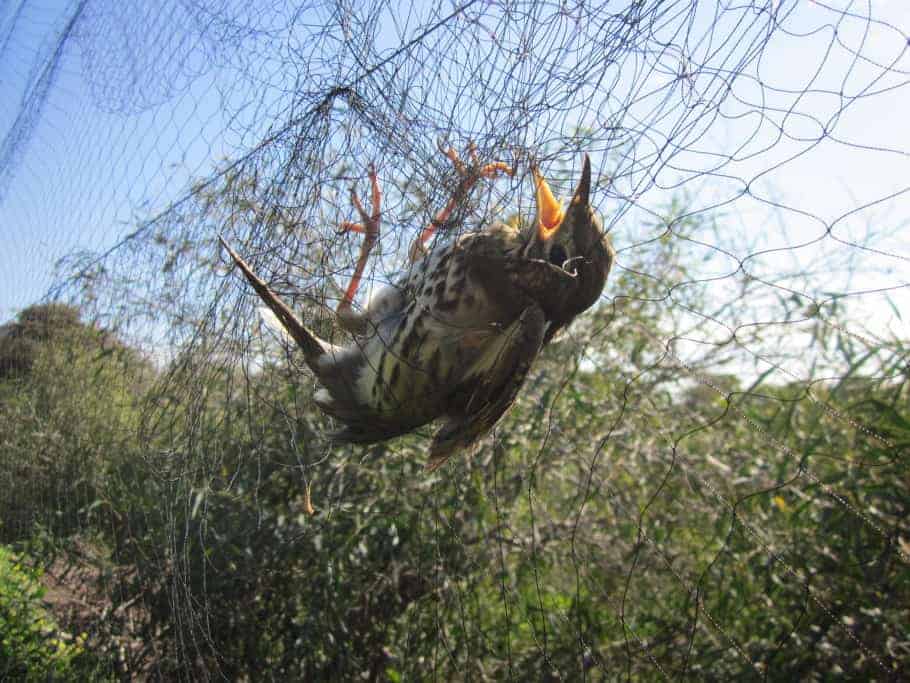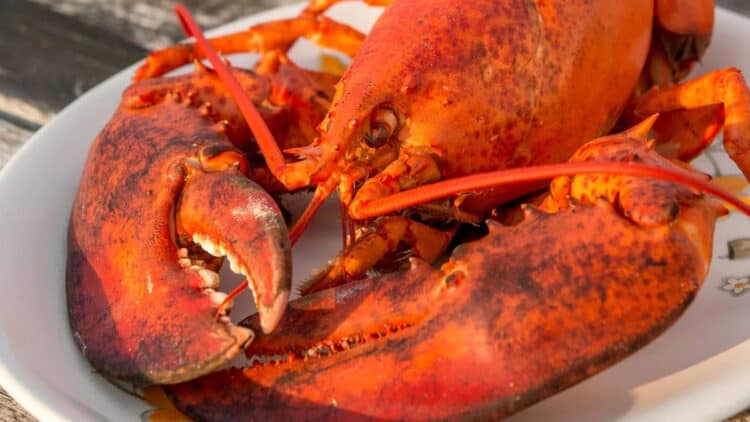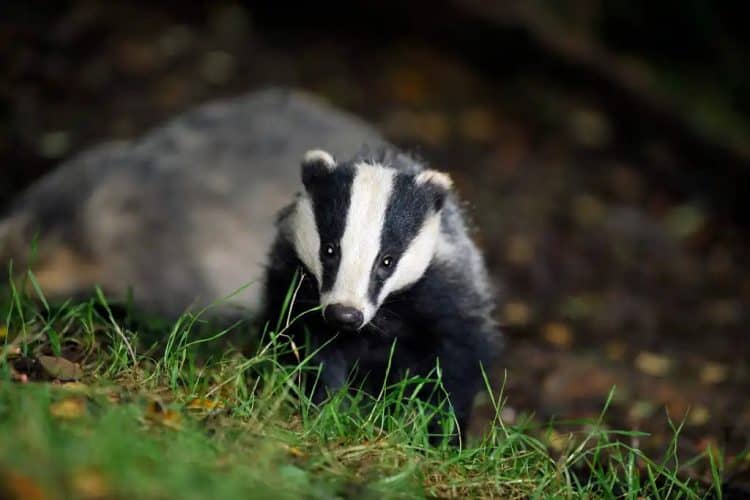At roughly 250 km long by 100 km wide, Cyprus is the third largest island in the Mediterranean and is used as a crucial stopover site by migrating birds during their sea crossings.
The volume of migration there is actually quite incredible with millions of songbirds, waterfowl and birds of prey passing through twice a year.
With such a volume of birds streaming through Cyprus, it is unsurprising that the hunting and trapping of migrant birds there is rooted deep in the historical culture of the islands.
In fact, evidence of seasonal hunting in Cyprus stems back to the middle ages. In the past, songbirds – mainly Blackcaps and similar-sized warblers – were trapped for consumption by the rather poor islanders who saw the twice-yearly influx of birds as a valuable source of protein while they scraped their meagre existence, living off the land.
The impact this had on bird populations then would have been tiny and quite sustainable. Nowadays however, bird trapping in Cyprus has little to do with tradition or history. Nor is it sustainable. It has become widespread, extensive and is driven by by profits sought by organised crime.

The reason is the demand for a local dish made from small passerines called Ambelopoulia which is considered a delicacy by certain members of the Cypriot community and, perhaps more worryingly, some misguided tourists. The dish is in such demand that would-be diners are prepared to pay in excess of €5 per bird with the associated illegal industry considered to be worth in excess of €15,000,000 per year.
While the trapping of birds (by non selective methods such as mist nets and limesticks) and the sale of Ambelopoulia has been illegal since 1974, the law has little deterrent effect.
BirdLife Cyprus advises that despite strong evidence suggesting the vast majority of islanders are totally against the practice, in excess of two million birds are now illegally killed there each year.

Their recent surveys show that trapping is still increasing year on year and more than 150 different species of birds have been found in mistnets and on limesticks including no less than 78 listed as threatened by the EU.
We invite you to share your opinion whether the illegal trapping of birds in Cyprus should be stopped. Please vote and leave your comments at the bottom of this page.
Take action to stop the killing …
Focusing on Wildlife is sponsoring the “Dutch Knights” in the “Champions of the Flyway” international fundraising event taking place in Eilat, Israel on 25 March 2015. While the racing might be light-hearted, the goal is to raise funding, so that BirdLife International can combat the illegal trapping of birds in Cyprus.
Please help to raise awareness by sharing this article on Facebook and TwitterMany readers have already responded to our appeal, and we are well on the way to reaching our goal.
Every donation in GBP receives a 25% supplement from the UK Government, and this goes directly to BirdLife International.
Thank you for your support.
Ken Billington
Ken, a scientist by training held various management positions in the chemical and pharmaceutical industries during his professional career, enabling him to travel extensively throughout Europe, the Americas, North Africa, Asia and Japan. Ken has always been a keen photographer and bought his first telephoto lens 10 years ago. This was the beginning of his interest in bird photography. Since then he has also become an active supporter of birding and wildlife conservation.






Leave a Reply